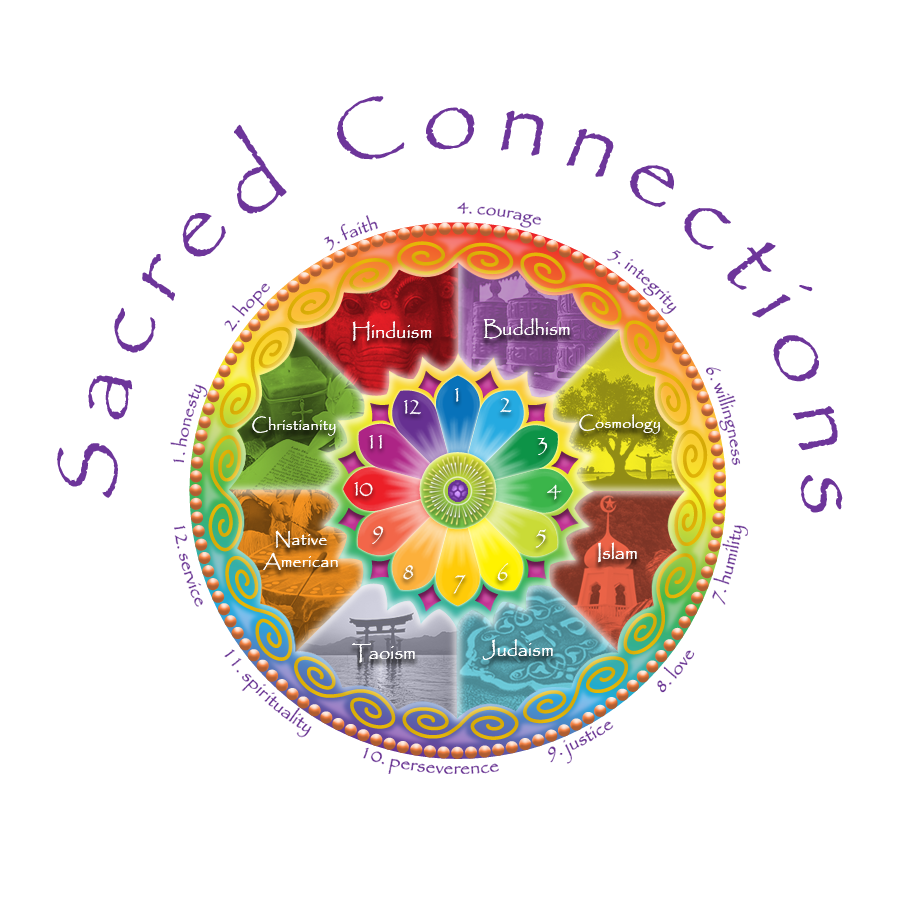Birth of an Idea
The originating idea for this web site was born ten years ago when I was working as a Men’s Counselor at Hazelden Springbrook, a nationally recognized treatment center for chemical dependence. The treatment model since their inception was based on the Minnesota Model, which integrates the 12-Steps of Alcoholics Anonymous with cognitive-behavioral and psychodynamic treatment methods.
At this time it became apparent to me in working with groups of 8-10 patients at a time in home groups, from one to three months in duration, that most patients had difficulty integrating the spiritual components of the program. Because the treatment model is based on the 12 Step principles, patients were grappling with the spiritual concepts of honesty, willingness, faith, surrender, hope, humility and on a daily basis. The reasons ranged anywhere from having no religious upbringing, rejection of their childhood religion, skepticism, or an inability to understand these principles in their own faith traditions. Because of its reputation, Hazelden draws clients from many diverse avenues. At one time my home group included: a Southern Baptist, an African American atheist, a Sikh, an Orthodox Jew, a scientist, and an agnostic. A blend of religious experiences was frequently the norm.
As a graduate of rhetorical communication, I found my personal and professional challenge was one of keen listening and attempting to translate the fundamental principles of the 12 Steps into concepts and language which each patient could understand. My ultimate goal went a step further, to create a thirst for spirituality (or God as they understood Him/Her/It).
This goal resulted in stretching my borders of understanding far beyond what I had envisioned. I was convinced that the fundamental principles of the 12 Steps were woven through the major faith traditions. In studying and working in the field of human behavior, we learn rather than being “terminally unique, “ we are all much the same; sharing similar needs, wants, desires, longings and existential questions. This desire for the shared Truth, led me to One Spirit interfaith seminary in New York (see Links menu) where I spent two years studying the eight wisdom traditions. This experience not only confirmed my conviction of shared unifying principles across religions, it enriched my understanding of the wisdom traditions with metaphorical texts, melodious chants and prayers, and culturally vibrant rituals. And, as I had hoped, my ability to translate the language of the 12 Steps through other religious lens was enhanced and ultimately became a very rewarding experience.
My next goal was a desire to systemize these unifying principles, allowing anyone to easily view them through the lens of any one of the wisdom traditions. I began by documenting the principles, texts, and spiritual practices from each wisdom tradition into matrices set up on Excel spreadsheets. In time, a vision emerged of a mandala (the universal symbol of unity) as a magnificent visual illustration that would be the portal to accessing the interconnections of the principles and wisdom traditions – either through the steps or through each of the traditions.My hope is that your meanderings through this web site will carry you across the traditional boundaries of religion, history and spirituality, merging what you know with a new found understanding that despite the cloak of diversity in its many colors, there are shared unifying principles in all the wisdom traditions. Because these principles are commonly shared, held sacred by most, and practiced by many throughout the world, we begin to realize we live in a world of common-unity. Over time this realization becomes so true, so personal, and so integrated into our belief system that we will act from an unprecedented understanding that we are one, universal species on the planet who share common ground. We will have a heightened awareness of the richness of our diversity. Our moral imperative will be to seek communion with one another while appreciating our abundant differentiation.
